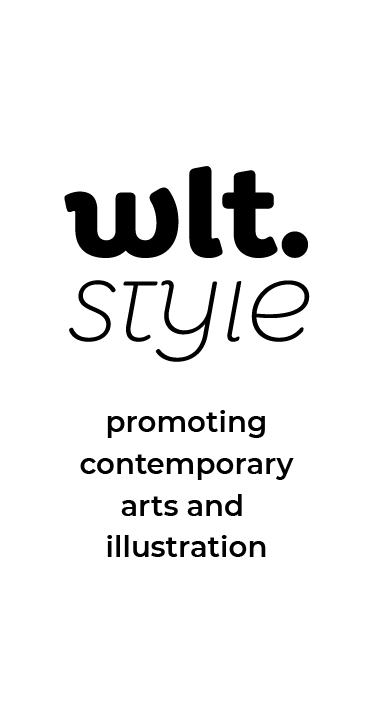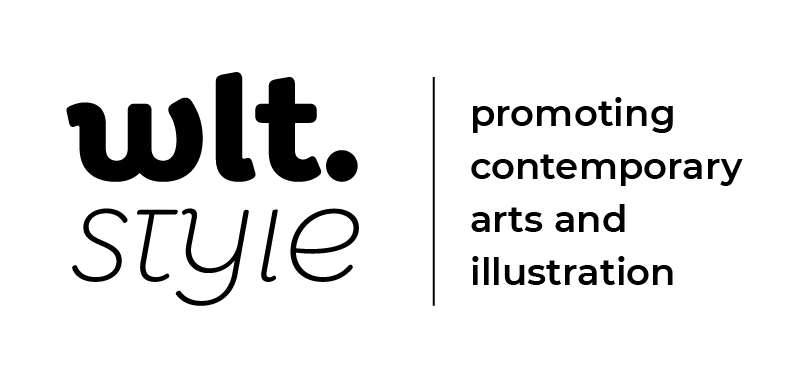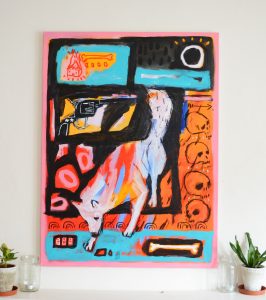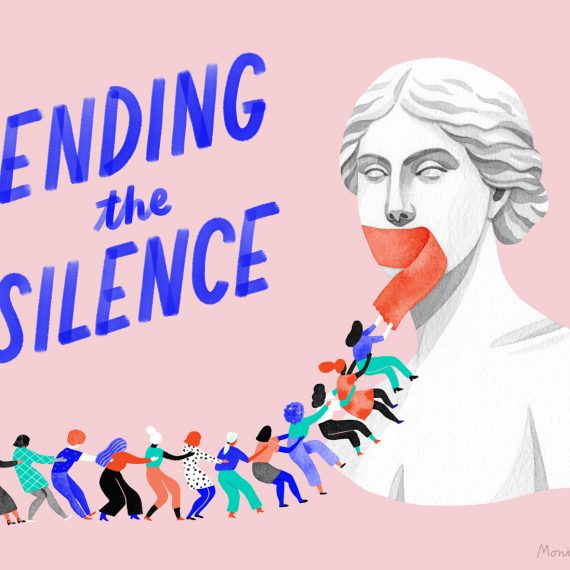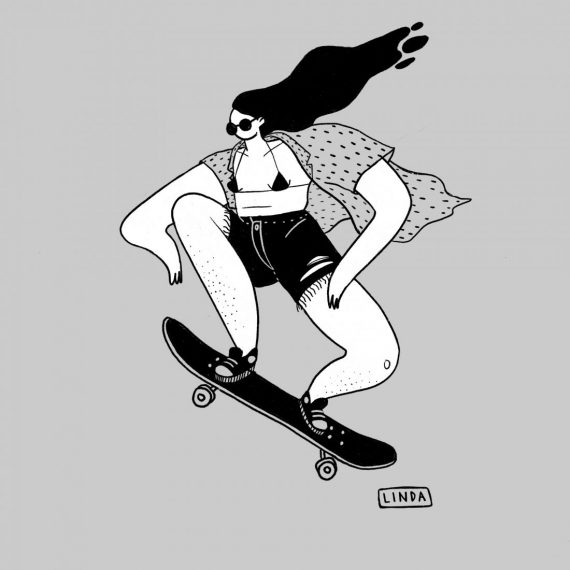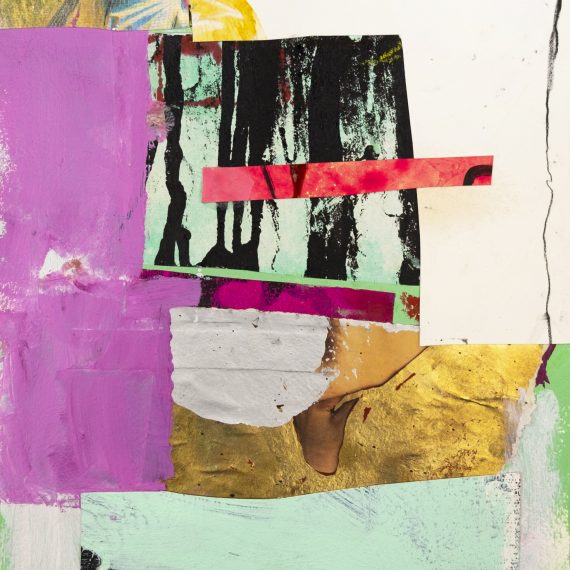Billy Bagilhole
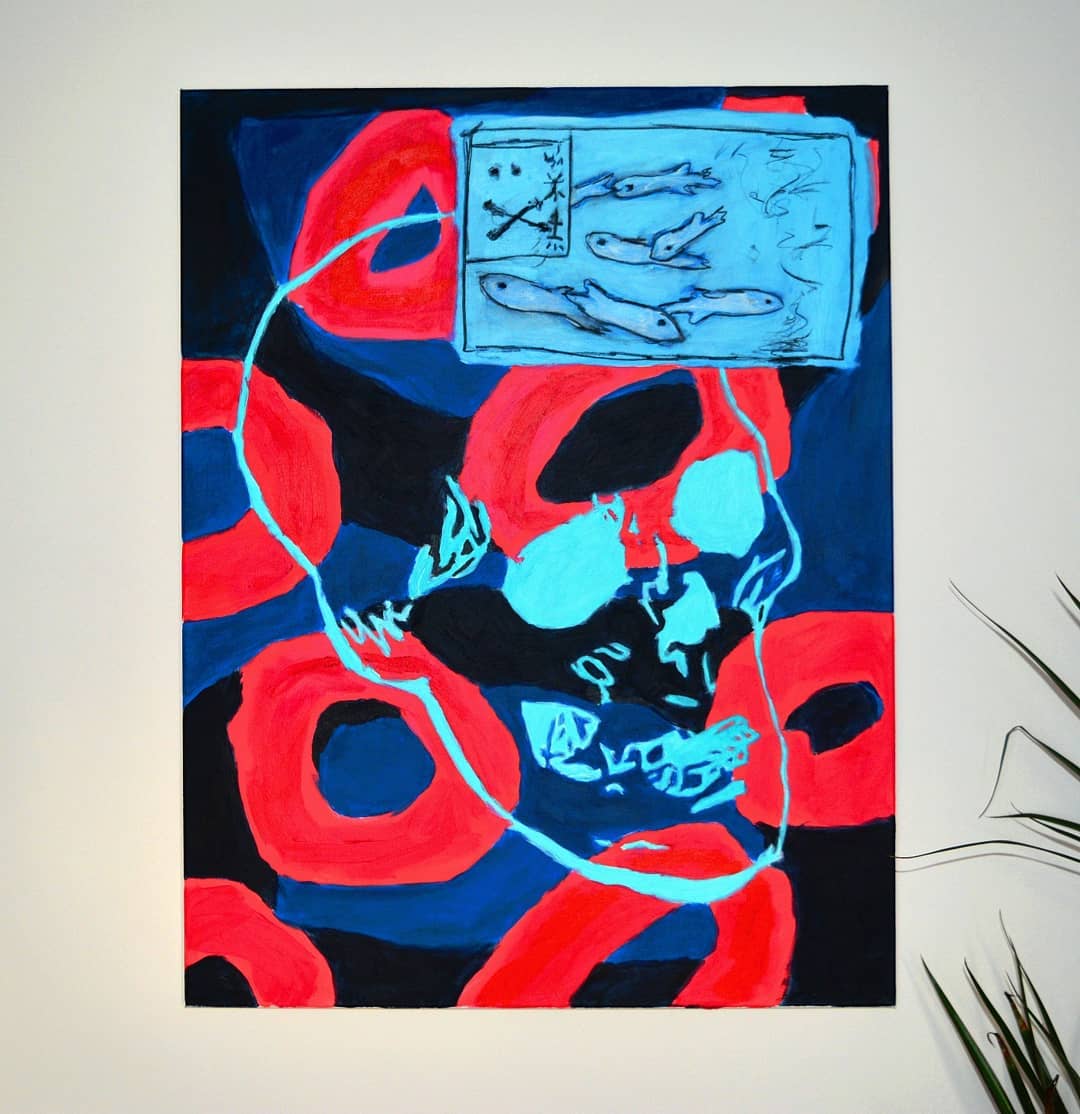









Category
paintingIt was love on first sight, when I saw Billy’s paintings the first time. With bold gestural strokes and in striking colors Billy opens a world surprises and reoccuring universal symbols. Never too obvious, but neither aloof his art seems to lead us directly into his heart and mind, while always keeping the lid open for connections to our own treasure of memories and emotions.
Billy Bagilhole grew up in a household full of his father’s paintings and prints, from a young age drawing indians, animals, religious figures imitating those images crated by his father upon the walls. They continue to be a fascination as his father passed away when he was 6 in the year of 2001. His experience is embellished as a time capsule of creativity for works ongoing. He was educated at the Chelsea college of arts, where he gratuated in 2017.
Bagilhole predominantly works through the mediums of painting and filmmaking. Often covering canvases with salt and thick paint, he enjoys the technicality within painting, within colour and within the eye of the lens. Bagilhole frequently works through internal gestures and hints of nostalgic representations on abstracted life. Often colliding colour with imagery of sinisterness. He feels that painting becomes an expressionistic form of understanding and that by leaving the work as an open question, an unknown metaphor, meaning within painting or filmmaking, within art becomes infinite. The attraction to painting Bagilhole states is the ability to create the unknown, the unimaginable and the uncanny, creating a sense of bewilderment.
I am very thankful that Billy took his time to answer my four questions at lenght:
In an interview with Floorr magazine you stated, that you „tend to let the my subconscious lead whilst I paint, figures, shapes and colours can appear from nowhere“. Now that your body of works grows bigger and bigger, to which amount are you still able to let go this way, without self-referencing your own work?
I think when self referencing my own work it happens to still come across subconsciously, I tend to reflect a bit more upon my work as I grow older and I start looking at it as if it’s a jigsaw puzzle. For instance I could be walking to the shops to get a pint of milk and I’ll get the urge to draw something like a cheetah on a tin of sardines (Clueless as to how and why this comes into my head on the way to the shops, I wonder what regular thoughts are like). Then when I arrive back home to draw it, it seems fitting to piece the new drawing/creation I’ve thought about with continuous references from other pieces I’ve done. I see the arrows, fish bones, bullets etc. that continuously appear in my work as almost clues and they are often to me what ties one piece to another to continue some form of narrative even if this is often, not anticipated or thought about pre-creation. Despite this I do however tend to occasionally have spells of wanting to piece together a narrative that I can tell pre-creation. This often comes after a period of painting frantically for 2-3 weeks, going a bit wild whilst I paint to then coming to a halt and to start thinking about a piece in more depth. I think this helps break out of a pattern when the work starts to feel minutomais or stale in any way. I then usually have a rest period of about a week and when I then come back to painting more subconsciously and ‚freehanded‘ I always create a piece that I feel is often one of my strongest ones because it felt liberating when I created it, it feels like breaking loose from something. In this instance this is my most recent painting coming out of the process I just stated:
Your father, a painter himself, died when you was only six years old and you have often stated, that he influenced you greatly in your love for painting and your life choice to become an artist. Where in your body of work may we find a glimpse of your mother, though?
gain as I’ve grown older and started to reflect upon my work a bit more I’ve come to realise that there are so many aspects of my work that derives directly from my mother and her stories of growing up in North Wales in a farmhouse. One piece that comes to mind very predominantly is a piece I consider one of my most important ones, it’s called ‚Caruso‘ (Image attached below). Every now and then I make a piece that really hits hard with me and I feel a great sense of self understanding from it. This is one of those pieces. They are often made at a fast pace and as mentioned previously, there’s not much thought going into the work ‚pre-making‘ it. It’s afterwards I feel/see the aftermath of the painting, so to say.
This piece is a very emotional piece for me as I began to understand shortly after making it that it’s about a story about my mother’s horse from when she was young and the emotion I felt from hearing this story as a child. My mum bred and traded horses for my grandad, my family used to trade them and train them for shows and even the olympics. My mother was quite a quiet teenager and her companionships were often the horses that she took care of on the farm. Caruso was the most loyal and close companion she had growing up, from hearing her speak about him I truly believe he helped her through her life and some of her anxiety’s. My mum went away one week in the summer and when she came back my grandad had sold him to an owner who mistreated it. My mother was devastated and furious and ended moving away to America at 19 because of this. When she came back a year later, my granddad who was a stern old school farmer felt shameful for what he’d done and had offered to go back and get the horse but my mother declined, Caruso passed away a year later. This painting upon reflection symbolises my memory of hearing this story as a young child and the huge amount of empathy and heartbreak I felt for my mother, for Caruso and the hardship and strain it brought on my mother and grandads relationship. I believe emotions feel so much bigger at that younger age and when I try to relive than memory it always makes my heart feel like it’s swelling up, the same as it did when I was a child. Uncontrollable empathy that I could only describe through this painting.
She continuously helps to inspire my practice by sending me images/videos she thinks are relevant to my practice each week, for instance this week she sent me ‚whatsapped‘ me with links to youtube videos of tribes, people playing instruments in isolated areas like Greenland, and then the occasional meme thrown into the mix. Always handy to kickstart a few ideas in my rather random brain. Upon reflection I’ve seen parts of her character come through my work as the strong willed and incredibly kind lady as she is. She has also been a great spotter of hidden aspects in my work and she’s often the only person that can see them. There’s often some kind of dark narrative going on within my work and there’s frequently some other element hidden in the background that acts as almost a spectator or a ‚guardian‘ (for lack of a better word) – it could be a face or a figure that’s watching over in the background. My mum frequently spots these in the paintings and she always points them out to me. Notice in the pink painting below that there’s a figure faded into the background – overlooking the scene around itself. She has theories about them occasionally that makes me re-think and look at the piece in a whole new light.
When I paint, one of the hardest parts is finding the point when I put away the brush, calling it a finish piece. The perceived levity of your strokes are one the many things that fascinates me the most about your paintings. Please tell me you are struggling as well!?
In all honesty I think most of the gestures and elements of mark making that come out of my finished pieces are often derived from hap-hazard, very quick and non-considered brush strokes. I think the fortunate aspect of this for myself is that thinking about making a mark doesn’t come into play, as I tend to just ‚go for it‘, like a greyhound chasing a hare. Therefore the struggle to me is not in the making but only sometimes like yourself, to decide when the making is finished. Although again, as I grow older this has also in turn become slightly easier as I trust my judgment more and when I finish a painting I just feel at ease with it. For me it’s the same feeling as if you tried cooking a new recipe and you feel satisfied at the outcome! If you can get a good night’s rest afterwards without thinking about it, it’s usually a good sign!
Do you have a favourite Welsh fable you want to share with us?
There are quite a few that come to mind, but what I really want to share and this is something I’m very passionate about showing to the world, hopefully through means of film is the oddities and old fable-like stories of North Wales. It’s a place of great history that is not often discussed or publicised in any way and I almost feel it’s inherently important to record these stories as a part of our history. There are two books that come to mind – one is called ‚The holy ghostbuster‘ which is the diary of a local minister called John Aelwyn Roberts that documents his life as an exorcist around North Wales as he goes and allegedly cleanses households and certain locations that I knew growing up from spirits. The readings are so true to North Wales fashion that I see it as something I’d love to try and re-create or document through film. The other book is about a small village on an island off the coast of North Wales called ‚Bardsey island‘. There are apparently 1000 saints buried on the small island and there is currently only one inhabitant living there. The book is a collection of the diaries of the people that used to live there. I’m currently writing a Welsh series based on the book, using aspects of the lives of the people that used to live there.
– Perhaps a quick glimpse and a direct reference is a story my mum called me about a couple of weeks ago. She was walking the dog with her friend Karen along the coastline near a rural town called Aberdaron, they weren’t on any public footpaths as they often like to discover new spots, find old buildings etc. – There are often small abandoned cottages or churches randomly placed in the middle of nowhere in rural North Wales and can be sights of curiosity. Anyhow, when she called me she said whilst they were ‚in the middle of nowhere‘ in this field running across a tall coastline overlooking the sea, an elderly man was walking towards them through the field – most likely the farmer that owned the land. This is usually a good time to start thinking of an excuse as to why you’re on his land but the elderly gentleman just came up to say hello as he was surprised to see someone there. He then said that just about two metres from where they were standing, about 5 years prior the land was upturned – I can’t remember the reasoning but they found a tin with about 10 Iron age teeth in them. He then kept them in his bedside table until he decided to call the national museum of Wales to donate them to. Then shortly after telling them this story, he pointed out to the sea where there was a huge oddly shaped rock coming out of the water. He told them that that’s where in the 1700’s they used to take dogs out and hang them from it when witch hysteria was traveling around, that the rock was called ‚Dog hanging rock‘ in Welsh – ‚Craig crogi ci‘. A very grim tale but it speaks to the oddities of North Wales as previously mentioned. These tales are soon to be forgotten as that generation is starting to fade out. My mum has decided to start a storytelling workshop near where that old man saw them. She hopes I can record the sessions to capture some of these stories and parts of our history before they fade away.
________________________
See more of Billy’s work on…
- his website: billybagilhole.co.uk
- his instagram: @billybagilhole
- his twitter: @BillyBagilhole
- Squaregallery London: squaregallerylondon.com
